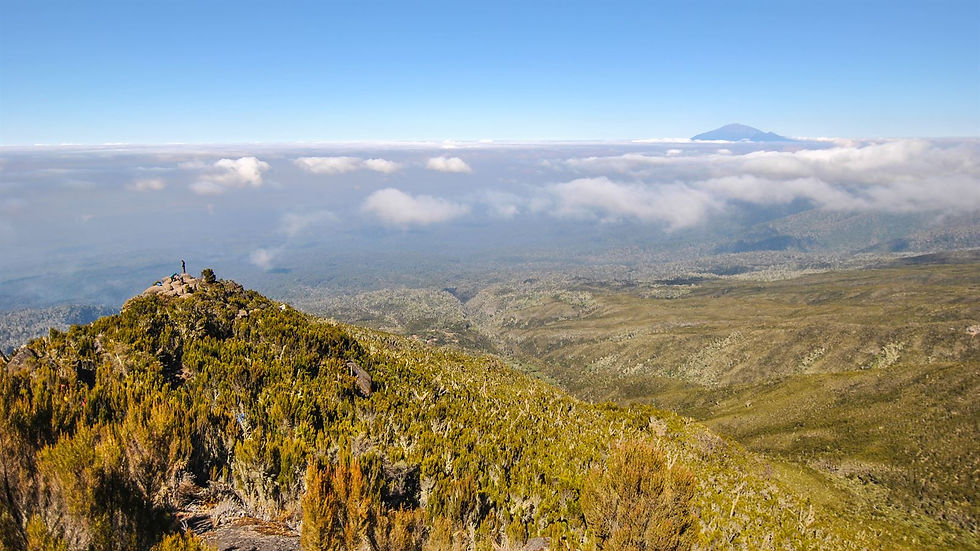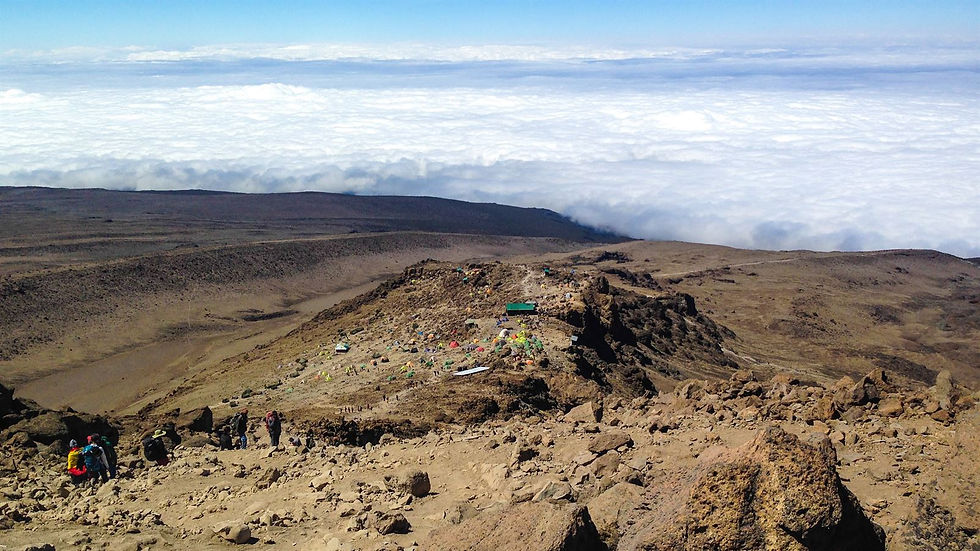
3 times I've been in amazing Mt. Kilimanjaro - the roof of Africa - Tanzania, while working as a guide for Expeditionsresor. It's an incredible hike through 5 climate zones, from tropical to arctic, to 7 days later stand as a full group at 5895m above sea level. The altitude symptoms speak clearly for most people at around 3000m and above, and for me, who happen to be fortunate enough to get none, spend all my focus on giving positive energy to the group and reminding everyone to breathe. Deeply and through the nose. Forgetting about controlling ones breath is the most common reason for getting symptoms, and a headache can disappear only by a few deep breaths. Kinda cool though, our bodies are amazing! And with that said it's quite clear what our breathing do to us down at sea level too, only that we don't notice it as clearly.. (Just a lil reminder).
Breathing technique:
1. Inhale deeply (preferrably through your nose) on a count to 4.
2. Hold for 2s.
3. Exhale slowly (preferrably through your nose or ujjayi) on a count to 6-8.
High altitude hiking has nothing to do with muscles and lots to do with your mental status. Having control of your body sure helps and remembering to breathe does too, but no strong legs can lift a man if the brain doesn't play the same game.
The first time I was up here I literally jumped on the rocks and sang my way to the top. At least up to 5000m (the top night is not easy for no one, but it's doable). And as you might see on my values in the picture above my oxygen levels were quite stable all the way up. It's quite a different office compared to my hours of designing experiences and user flows by the computer. To do a professional job as a guide when you don't even know how your body will react on the altitude sure makes it a bit exciting, but since my body does fine up here I could consider this my job and return for more gigs more than once.



































































